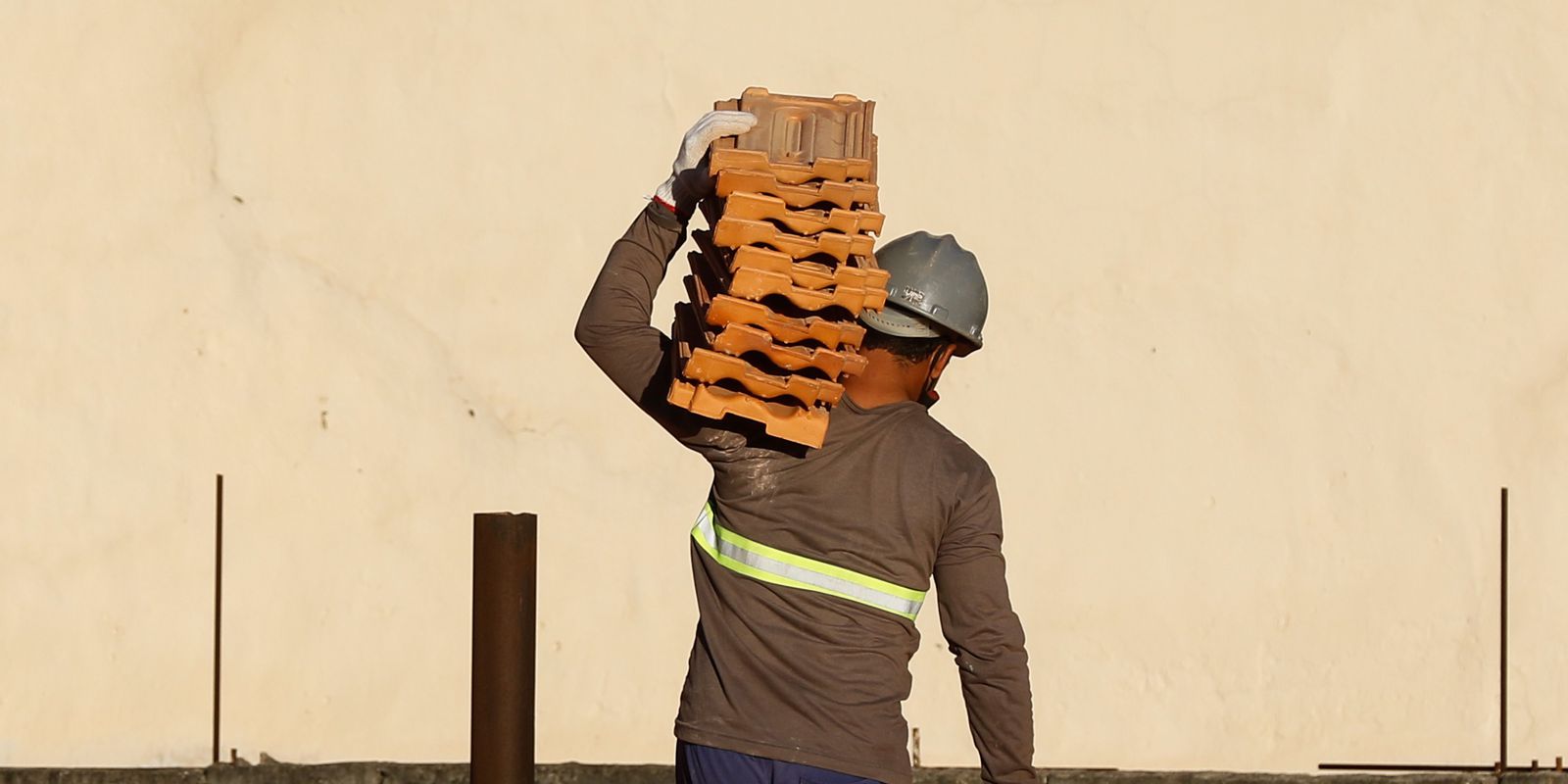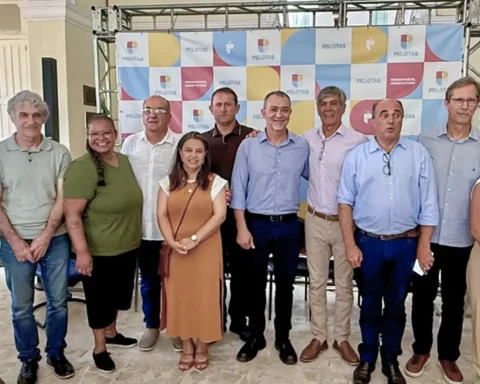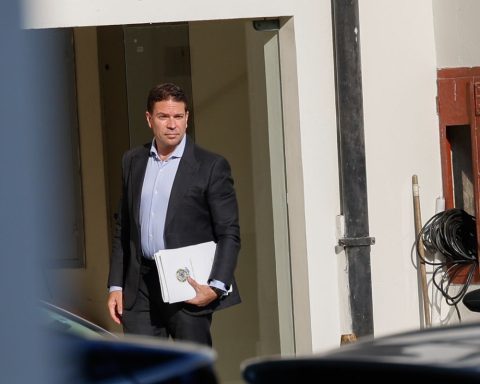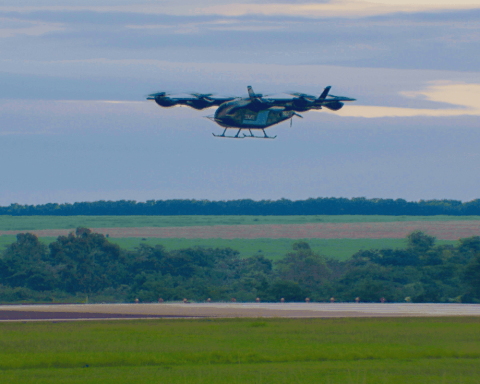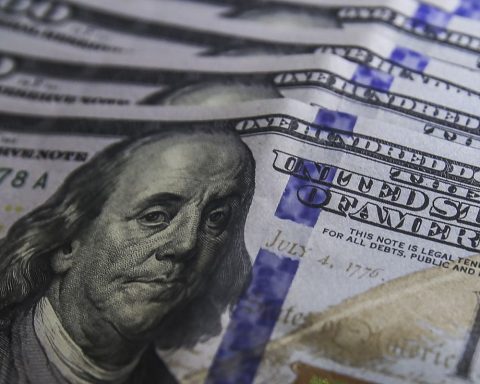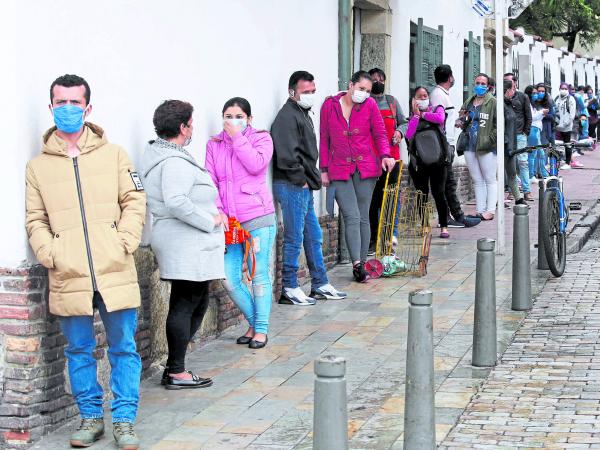The National Civil Construction Index (Sinapi) advanced 0.72% in January, which means 0.20 percentage point over the result of December 2021, when it grew 0.52%. According to the Brazilian Institute of Geography and Statistics (IBGE), which released the indicator today (9), the result for January was the lowest since August 2021.
In the last 12 months, the rate reached 17.17%, below the 18.65% registered in the immediately previous period. In January 2021, the index stood at 1.99%.
According to the manager of Sinapi, Augusto Oliveira, the beginning of 2022 was marked by less pressure from price increases. Oliveira pointed out that January was the third consecutive month in which the share of materials exerted less pressure on the monthly variation. In November, there was an increase of 1.66%, but in December it was 0.76% and in January, 0.63%.
As for the workforce, he said that, in the categories without qualification, the increase in the national minimum wage was a factor. “Apart from the collective agreements in Alagoas, Tocantins and Piauí, January was characterized by the impact of the increase in the national minimum wage in the categories without qualification, which have a floor very close to this value. The readjustment of servants and assistants is not related to the collective bargaining, because companies need to adapt to the new national floor, which rose by 10.2%,” he explained.
The national cost of construction per square meter, which ended 2021 at R$1,514.52, reached R$1,525.48 in January. In this amount, BRL 915.79 corresponds to materials and BRL 609.69 to labor.
The variation in the portion of materials was 0.63%, which represents a decrease of 0.13 percentage point compared to December 2021, which was 0.76%. In relation to January 2021, there was an increase of 2.96%, but a more significant drop can be observed, 2.33 percentage points. “Materials inflation is slowing. We are even finding deflation in certain products such as those belonging to the steel segment”, he informed.
Regions
In all states, there was a rise in the share of materials in January. The greatest regional variation was in the North Region (1.24%), with the adjustments observed in the professional categories in Tocantins. In the Northeast, the increase was 1.05%; in the Southeast, at 0.48%; in the South, at 0.32%; and, in the Midwest, by 0.79%.
Regional costs per square meter reached R$ 1,525.10 in the North; R$ 1,433.20 in the Northeast; R$ 1,579.80 in the Southeast; BRL 1,599.93 in the South and BRL 1,515.22 in the Midwest.
The highest monthly variation among the states was in Alagoas (4.30%), due to the increase in the share of materials and the collective bargaining registered in the professional categories. Tocantins, with 4.14%, and Piauí, with 3.34%, were also highlights.
Sinapi
According to the IBGE, the purpose of the National System for Research on Costs and Indexes of Civil Construction, prepared by IBGE and Caixa Econômica Federal, is to produce monthly series of costs and indexes for the housing sector, as well as monthly series of salaries median labor costs and median prices of materials, machinery and equipment and construction services for the basic sanitation, infrastructure and housing sectors.
“Sinapi’s statistics are fundamental in investment programming, especially for the public sector. Prices and costs help in the preparation, analysis and evaluation of budgets, while the indexes make it possible to update the values of expenses in contracts and budgets”, says the IBGE.
